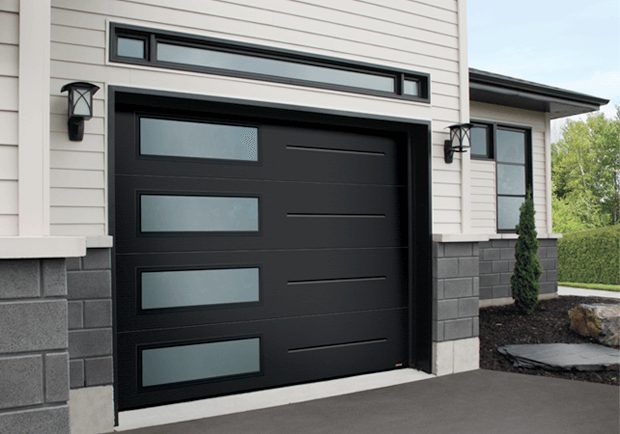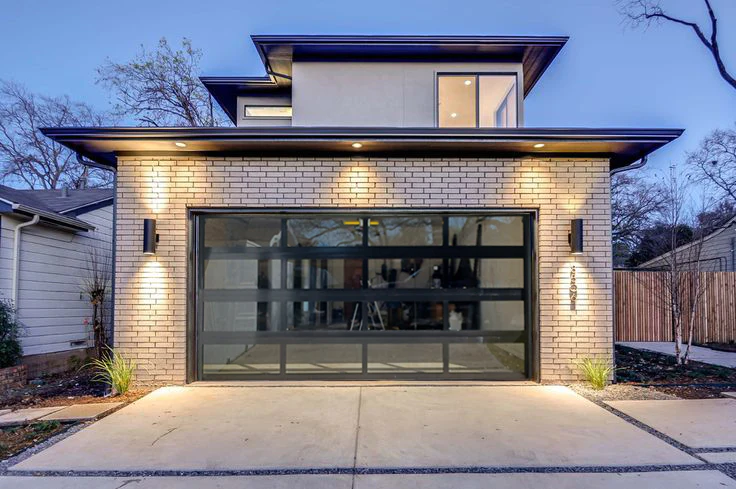Understanding Garage Door Service Warranties: What Homeowners Need to Know
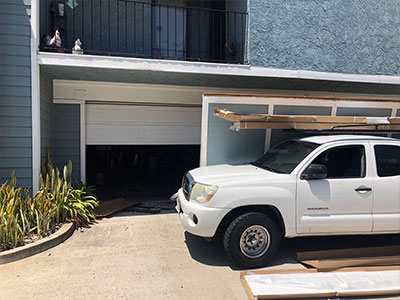
Understanding the service warranty is crucial when investing in a new garage door or scheduling maintenance for an existing one. A service warranty can provide peace of mind and protection against unexpected repair costs for homeowners. Here’s a comprehensive guide to help you understand garage door service warranties and what you need to know as […]
Mastering the Art of Aligning Your Garage Door Sensors for Smooth Operation
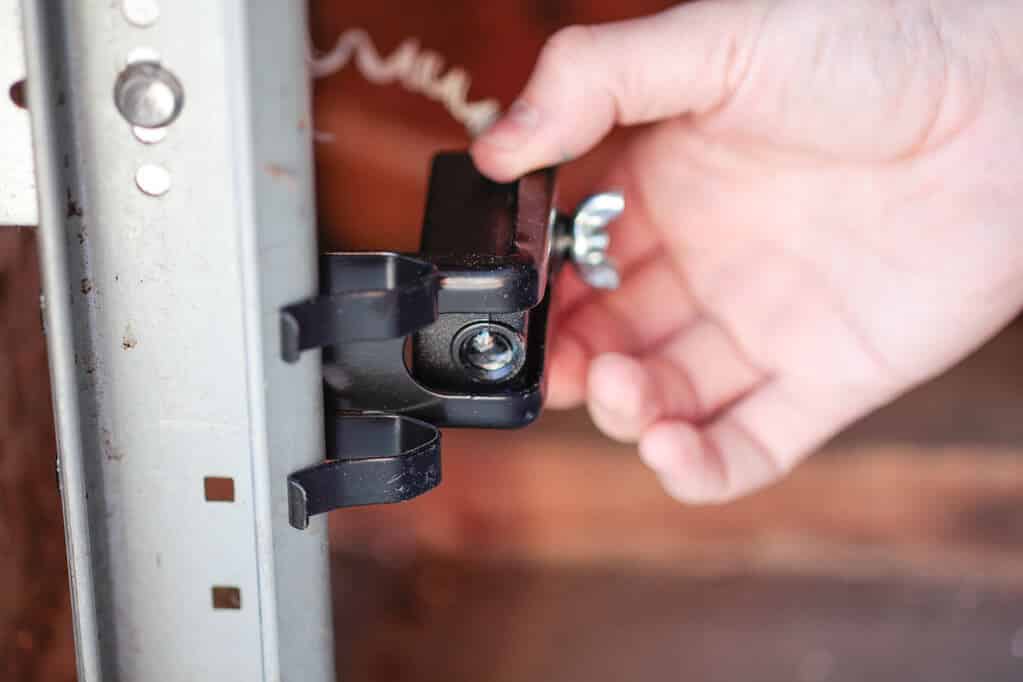
Understanding the Importance of Properly Aligned Garage Door Sensors Garage door sensors, garage door safety, sensor alignment, garage door operation Having correctly aligned garage door sensors is crucial to ensure your garage door’s safety and smooth operation. These sensors are essential in preventing accidents and damage by detecting obstructions in the door’s path. It is […]
Garage Door Troubleshooting: Repair or Replace?
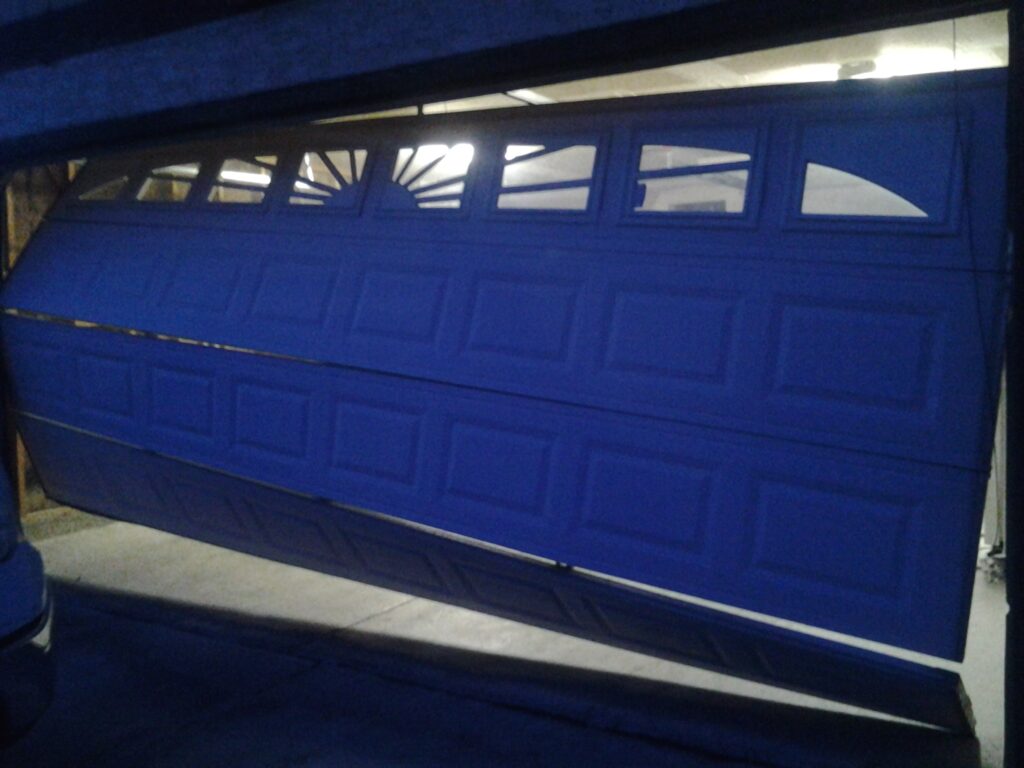
If your garage door shows signs of wear, you may wonder whether it’s time to replace or repair it. Here’s a practical guide to help you make the right decision. When to Replace Your Garage Door Consider replacing your garage door if you notice any of the following signs: Weather Damage: Constant exposure to harsh […]
Identifying the Common Reasons Behind Garage Door Malfunctions
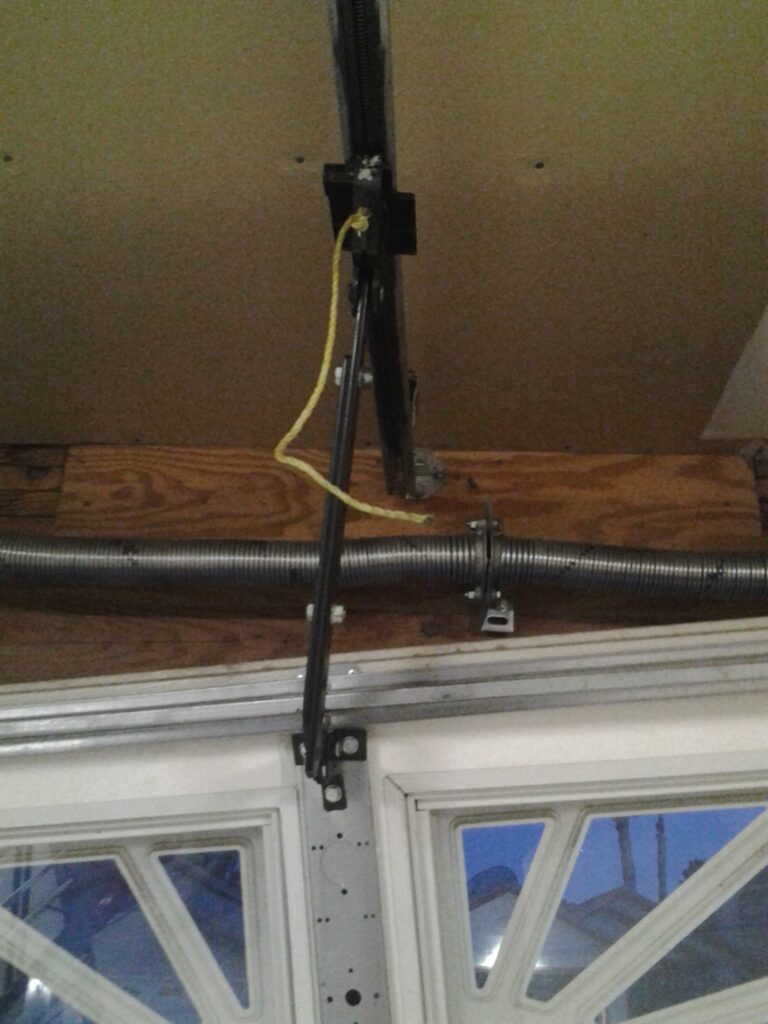
Garage doors are one of the most utilized entryways in a residential home, making them vulnerable to everyday wear and tear. Due to this, functional problems are likely to occur, particularly during the summer season when power outages are frequent. In Nevada, homeowners often experience these types of issues. Below are the most common reasons […]
Understanding Garage Door Springs: Types, Functioning and Importance
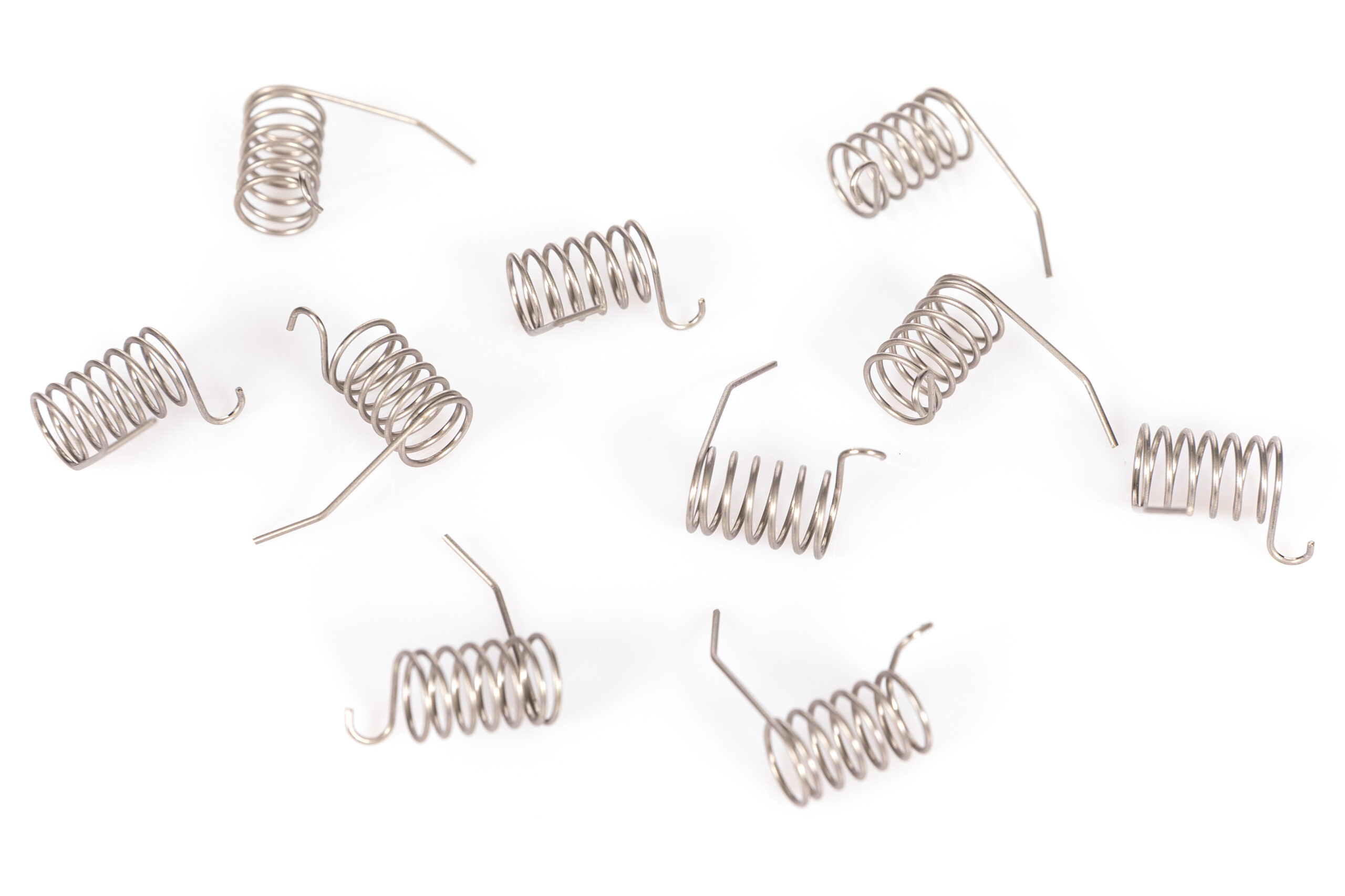
Your garage door springs are essential components that allow your door to function correctly. With regular maintenance, they can last for many years. However, as with moving parts, wear and tear are inevitable, and you will eventually need to replace your springs. The more you use your door, the sooner you will experience signs of […]
Dealing with a Noisy Garage Door: Common Problems and Solutions
Your garage door is meant to make your life easier, but when it produces loud and unusual sounds, it can be a source of annoyance and stress. Addressing any unusual noises as soon as possible is essential to keep your garage door in top working condition. Here are five common problems that can cause a […]
What to Do If You Accidentally Back Into Your Garage Door
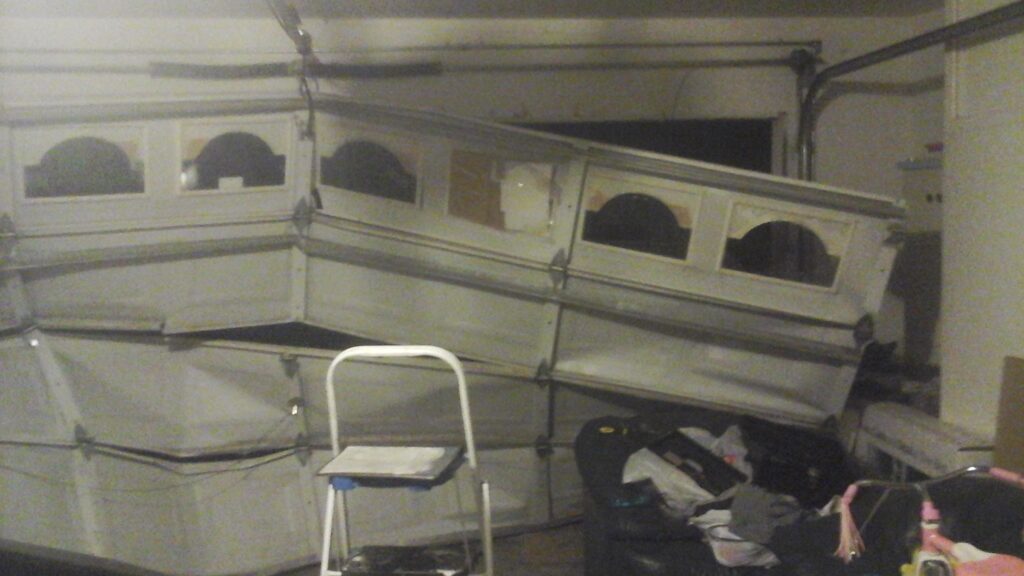
Backing into a garage door can be frustrating and unexpected, but knowing how to react in such a situation is essential to prevent further damage and ensure everyone’s safety. Fortunately, you can follow several simple steps to address the accident and minimize its impact. Follow these steps to quickly resolve the issue and get your […]
Common Garage Door Problems and How to Fix Them
Garage doors can malfunction for various reasons, such as making noise, moving at a slower pace, or appearing uneven. If you encounter such issues, there are multiple DIY solutions that you can try. Here is a list of common garage door problems and how to fix them: 1. Trouble Opening or Closing Test the door […]
Are Garage Doors Covered by Home Insurance?
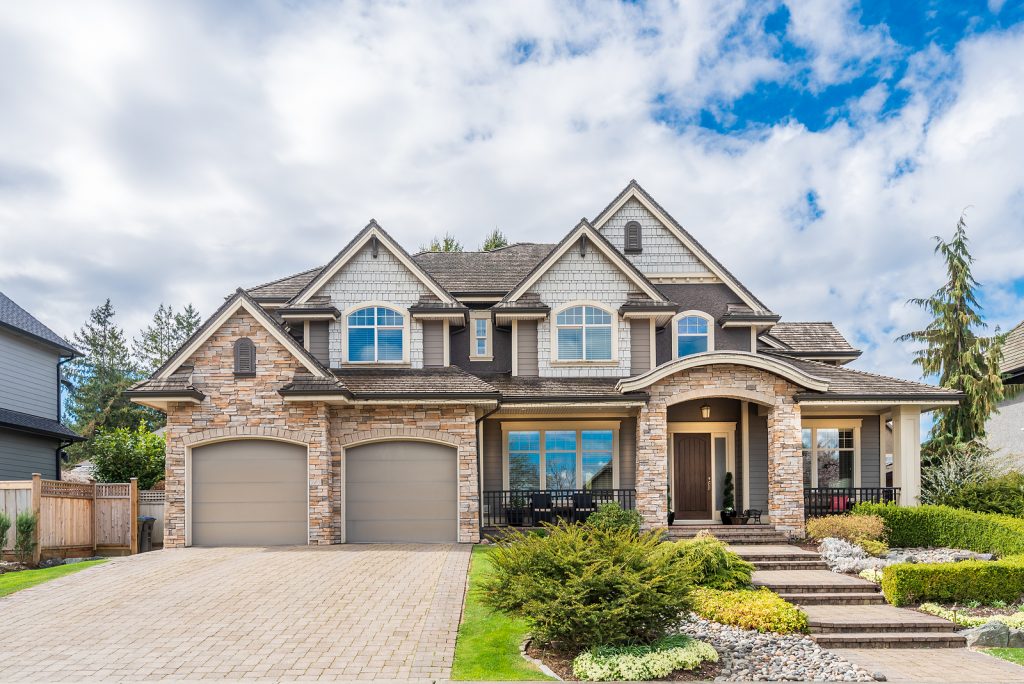
Homeowners insurance provides coverage for damage that may be otherwise cost-prohibitive to fix. If your garage door were to be damaged in an accident or other event you have no control over, your policy may cover the cost of repairs. It depends on many factors. How do you know your home insurance policy covers your […]
Top 5 Reasons Why Your Garage Door Remote Is Not Working
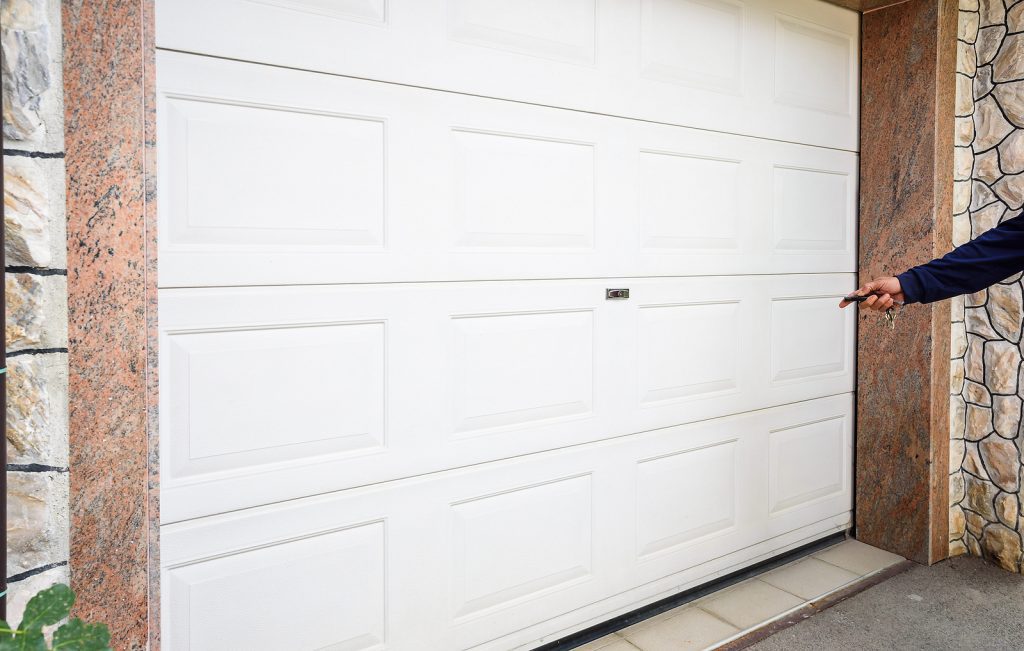
Finding that your garage door remote is not working is frustrating. However, garage remote control issues are common. The reasons range from low batteries to signal problems, to faults in your home’s electrical system. A malfunctioning garage door transmitter can be a major inconvenience. There are several reasons Las Vegas homeowners may find their remote […]


